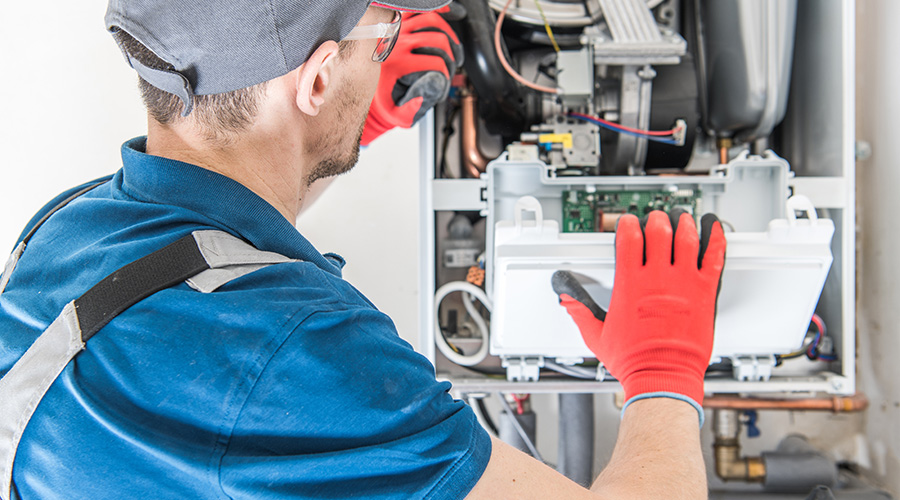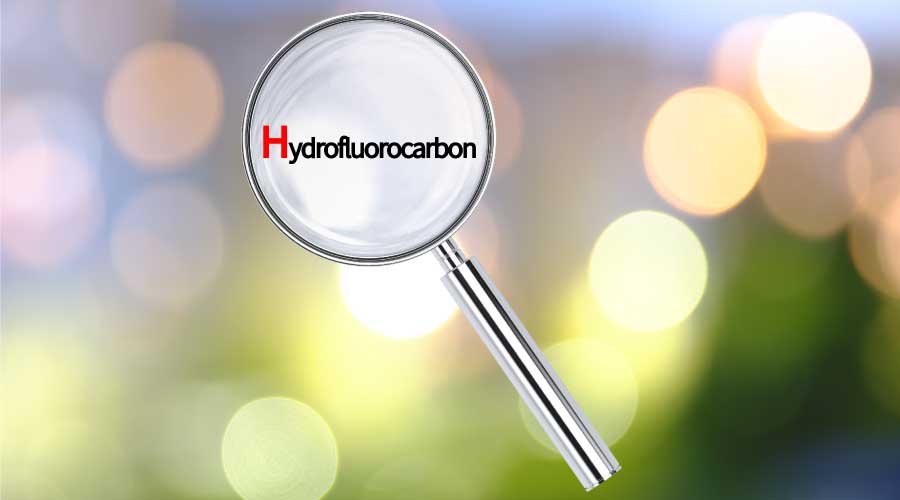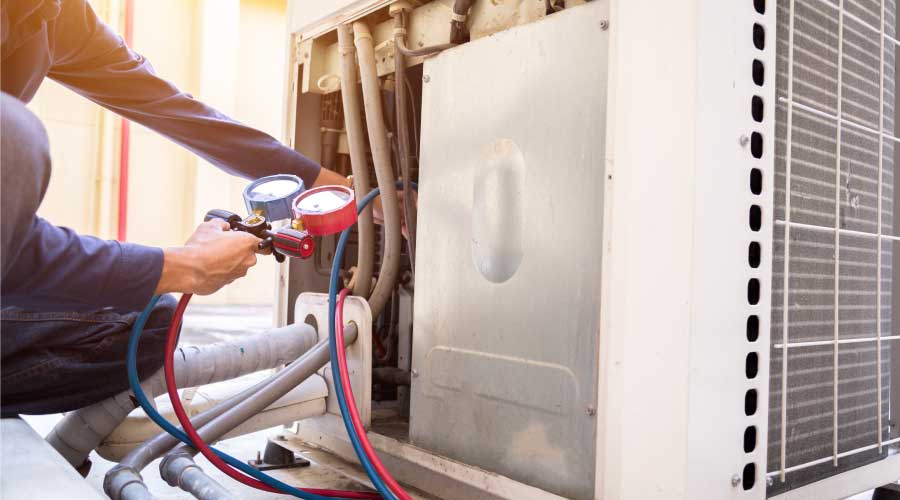Lab Exhaust Air Requirements
One of the most critical features of any BSL 3 or 4 laboratory is the ventilation and air management system. It serves as a critical line of defense from environmental exposure to pathogens and hazardous materials commonly used in the facility. It is imperative to pay close attention to each system to minimize the risk associated with materials entering or escaping from the system.
Design strategies include:
- Use of 100 percent outside air
- Managed directional flow to ensure air always flows toward the highest area of containment
- Pressure monitoring
- Audible and visual alarms to alert personnel if a system fails
- Back-draft protection
- Supply and exhaust HEPA filtration using filter housings designed to withstand the pressures associated with the system.
Avoid forcing conventional and containment areas to share exhaust and filtration systems. Special attention should be paid to the method used to mount duct sensors downstream of exhaust HEPA filters. Whenever possible, it should avoid sharp angles; opt instead for smooth turns. Duct material should be strong enough to hold up to pressure variations without risk of collapse.
Supply ductwork that passes outside the containment area must be airtight and leak-tested using a reassure decay method. Additionally, filters and filter housings should be tested to ensure all elements are properly sealed and maintain system integrity under sustained operational pressures.
Related Topics:
















